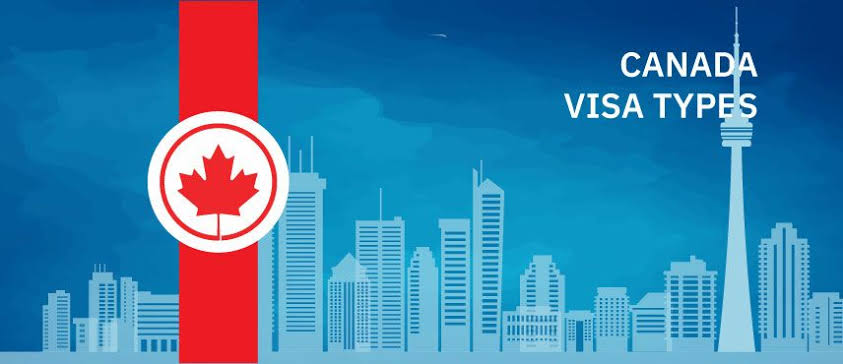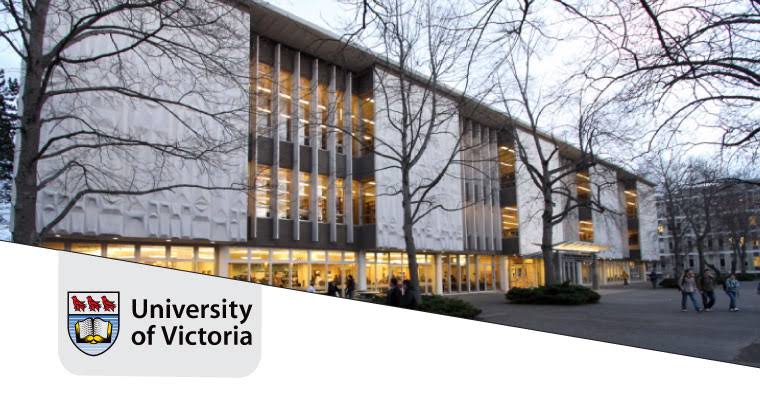Canada continues to be one of the most immigrant-friendly countries in the world, attracting people from all walks of life—students, workers, entrepreneurs, and tourists. Its well-structured visa system offers different pathways for individuals who want to enter the country temporarily or settle permanently.
As of July 2025, Immigration, Refugees and Citizenship Canada (IRCC) has refined its visa categories, making them more streamlined and digitally accessible. With clear distinctions between temporary and permanent entry options, applicants can now better identify the path that suits their goals.
Understanding the types of Canadian visas available is the first step toward planning a successful move, whether for work, education, or family reunification.
Temporary Resident Visa (TRV)
A Temporary Resident Visa (TRV) is required for individuals who wish to visit Canada for a short period. This includes tourists, people visiting family, or business travelers attending conferences or meetings.
TRVs are generally issued for up to six months, although the exact duration is determined by border officials upon entry. Applicants must demonstrate that they will return to their home country after the visit and that they have sufficient funds to support themselves.
As of 2025, most TRV applications can be completed online, and biometric data is still a mandatory requirement. Some countries are exempt from needing a TRV and instead require an Electronic Travel Authorization (eTA) to enter Canada by air.
Electronic Travel Authorization (eTA)
The eTA is a simpler, faster alternative to the TRV, available to citizens of visa-exempt countries. It allows travelers to fly into Canada for short stays—usually for tourism, business, or transit purposes.
Applicants must submit personal information online and pay a nominal fee. Approval typically comes within minutes, although delays can occur if additional documents are requested.
As of July 2025, Canada has expanded eTA eligibility to include more countries as part of its effort to streamline entry for low-risk travelers, while still maintaining strong border security protocols.
Student Visa (Study Permit)
For international students looking to study at a Canadian institution for more than six months, a study permit is required. This permit allows students to remain in the country throughout their academic program and often includes the ability to work part-time during studies.
Applicants must first receive a letter of acceptance from a Designated Learning Institution (DLI) before applying for a study permit. Financial proof, a valid passport, and biometrics are also necessary.
As of 2025, Canada continues to lead in international education, with study permits now incorporating an easier post-graduation transition to work permits under the Post-Graduation Work Permit Program (PGWPP).
Work Visa (Work Permit)
A work permit allows foreign nationals to work in Canada for a specific employer and time period. There are two major types: employer-specific work permits and open work permits.
Employer-specific permits require a job offer backed by a Labour Market Impact Assessment (LMIA), while open work permits do not tie the worker to a single employer. These are usually issued to spouses of skilled workers or students.
Canada’s Global Talent Stream and various provincial initiatives have made it easier for skilled professionals to obtain work permits in 2025, especially in fields like IT, healthcare, and engineering.
Super Visa for Parents and Grandparents
The Super Visa is a special type of visitor visa that allows parents and grandparents of Canadian citizens or permanent residents to stay in Canada for up to five years at a time, with the possibility of extensions.
Applicants must undergo medical exams, show proof of private health insurance from a Canadian provider, and demonstrate that their child or grandchild meets a certain income threshold.
This visa is particularly popular in 2025, as Canada has increased its efforts to support family reunification without overwhelming the public healthcare system.
Express Entry Visa for Skilled Workers
The Express Entry system is Canada’s flagship immigration program for skilled workers seeking permanent residency. It includes three federal programs: Federal Skilled Worker Program (FSWP), Federal Skilled Trades Program (FSTP), and Canadian Experience Class (CEC).
Applicants create an online profile and are scored based on criteria such as age, education, language proficiency, and work experience. High-ranking candidates are invited to apply for permanent residency during periodic draws.
By July 2025, the Express Entry system uses AI-enhanced screening to improve fairness and reduce application backlogs. New occupation-targeted draws also help meet labor shortages in key sectors.
Provincial Nominee Program (PNP)
Each Canadian province and territory (except Quebec and Nunavut) operates its own immigration stream under the Provincial Nominee Program. These programs target workers who meet the economic and labor needs of a particular region.
Applicants can apply directly to a province (non-Express Entry stream) or be nominated through the Express Entry system for faster processing. PNPs are a strong pathway to permanent residency, especially for those who have ties to a specific province.
As of 2025, provinces like British Columbia, Ontario, and Alberta have expanded their nomination quotas, reflecting their growing need for international talent.
Business and Investor Visas
Canada offers several visa programs for entrepreneurs, investors, and start-up founders. The Start-Up Visa Program is particularly notable, allowing innovative businesspeople with financial backing from approved venture capitalists to immigrate permanently.
Each province may also have its own business immigration streams targeting investors willing to contribute economically. Requirements typically include a minimum net worth, a business plan, and job creation for Canadians.
In 2025, the Canadian government continues to support entrepreneurship and innovation through immigration, making business visas a compelling option for global entrepreneurs.
Family Sponsorship Visa
Canadian citizens and permanent residents can sponsor their spouses, common-law partners, dependent children, and other eligible relatives for permanent residency under the Family Class category.
Sponsors must meet financial requirements and commit to supporting their relatives for a defined period. Spousal applications typically take around 12 months to process, although timelines can vary.
Family reunification remains a cornerstone of Canadian immigration policy in 2025. Efforts are ongoing to digitize the application process and improve transparency through real-time status updates.
Humanitarian and Refugee Visas
Canada is globally recognized for its compassionate immigration policies. Refugees and protected persons can apply for asylum if they are facing persecution or risk in their home country due to factors like war, religion, or political beliefs.
Applicants must pass eligibility screenings and interviews to qualify. Canada also offers resettlement programs in partnership with the UNHCR and private sponsors.
As of 2025, Canada remains one of the top resettlement countries, with increased capacity and digital processing tools to accommodate urgent humanitarian cases more efficiently.
Conclusion: Choosing the Right Canadian Visa Pathway
With multiple visa types available, choosing the right Canadian immigration pathway depends on your purpose, qualifications, and long-term goals. Whether you’re looking to study, work, invest, reunite with family, or seek protection, there is likely a visa tailored to your needs.
Canada’s commitment to transparent, efficient, and inclusive immigration remains strong in 2025. By understanding the different visa categories and staying informed on updates, applicants can navigate the process with greater confidence and clarity.



